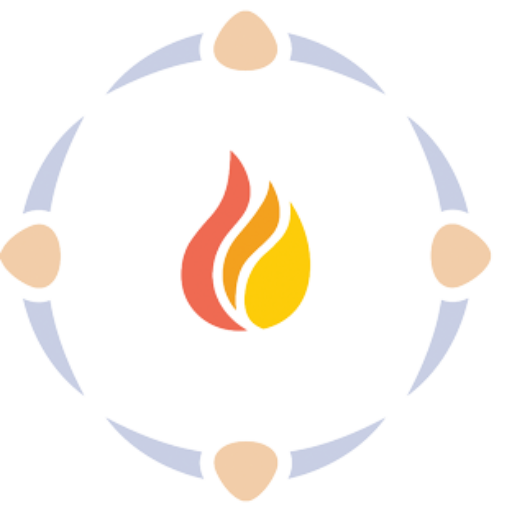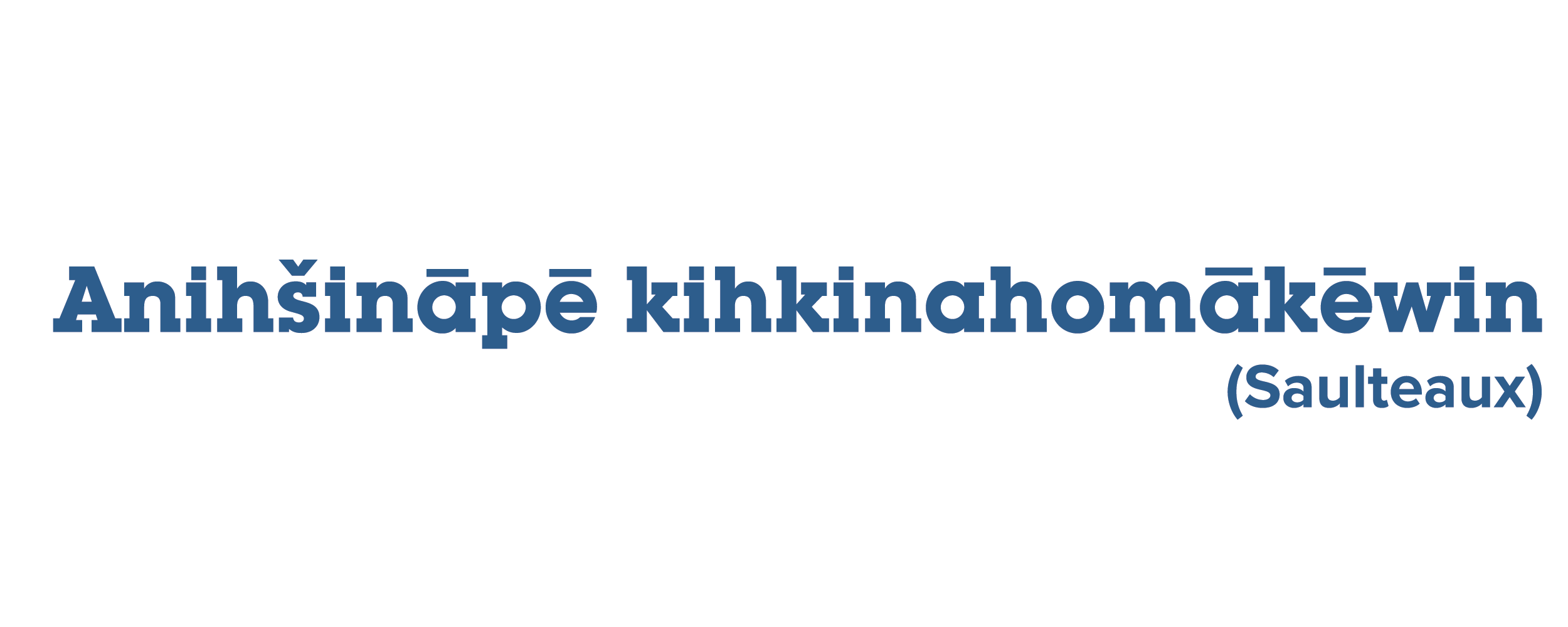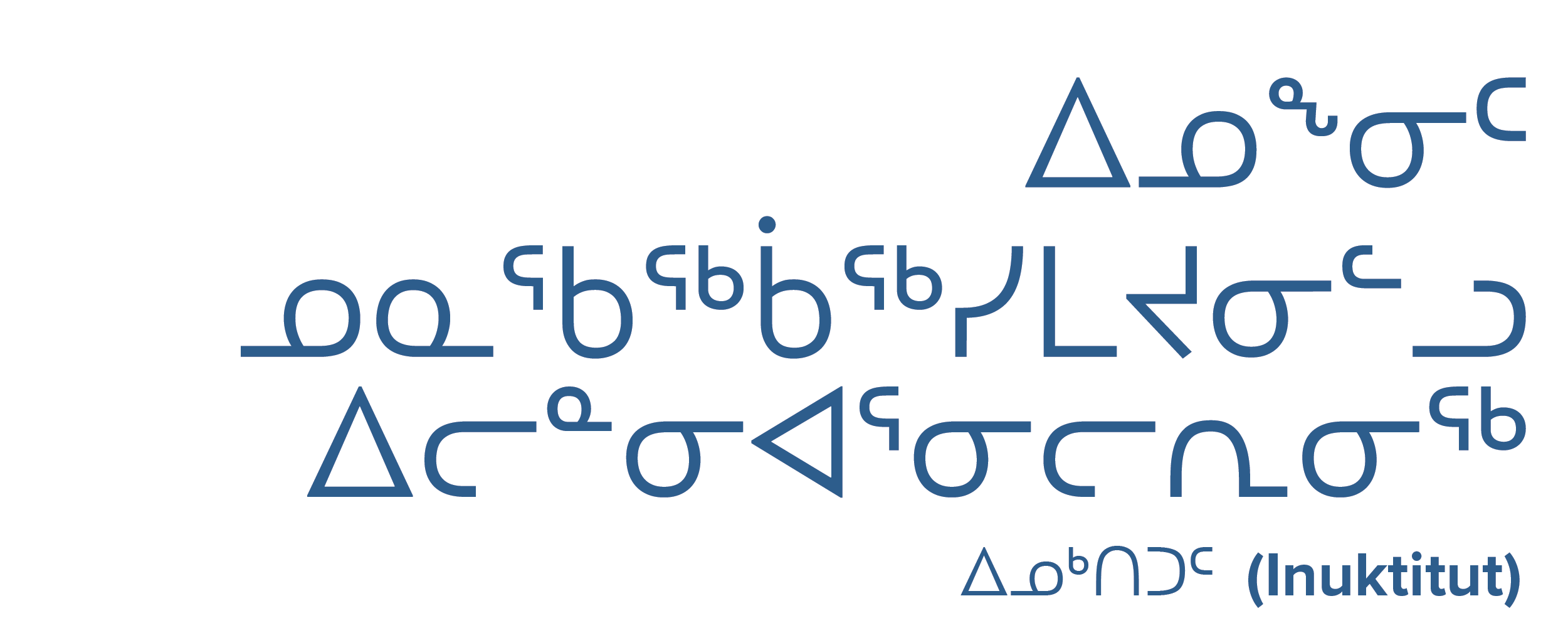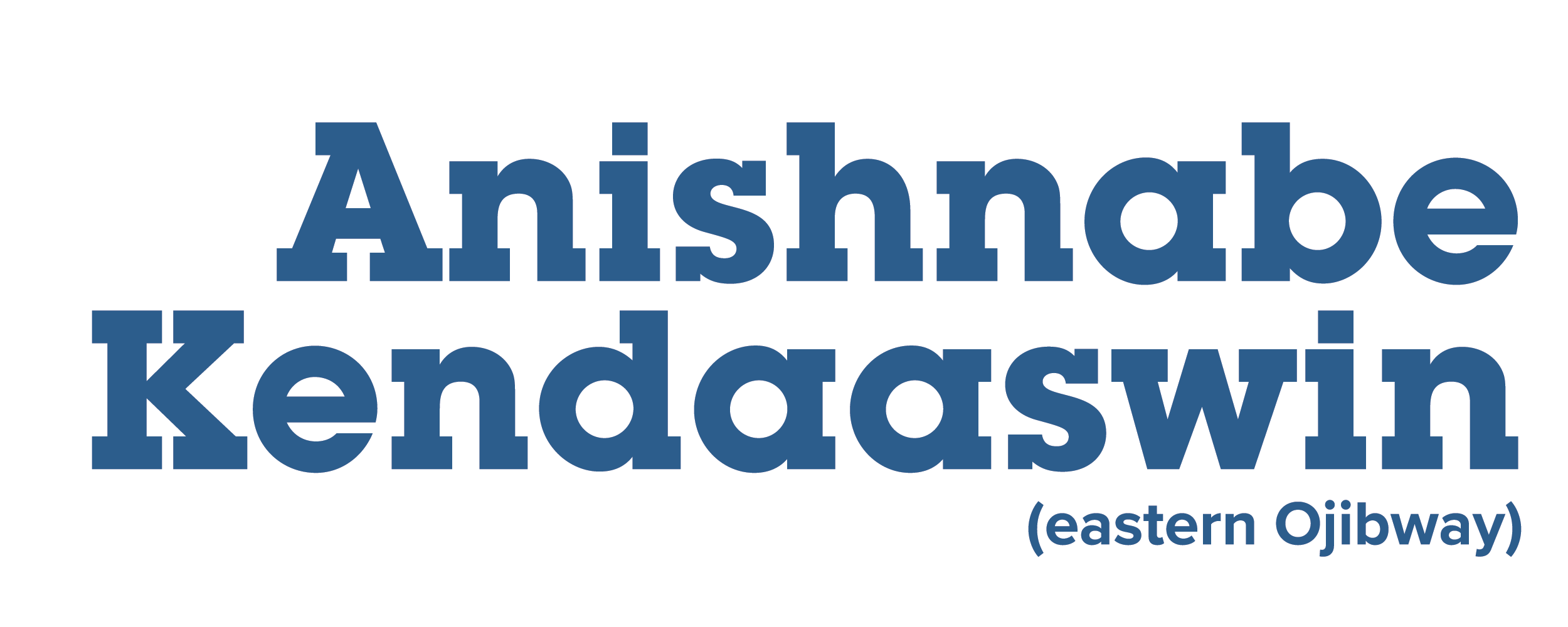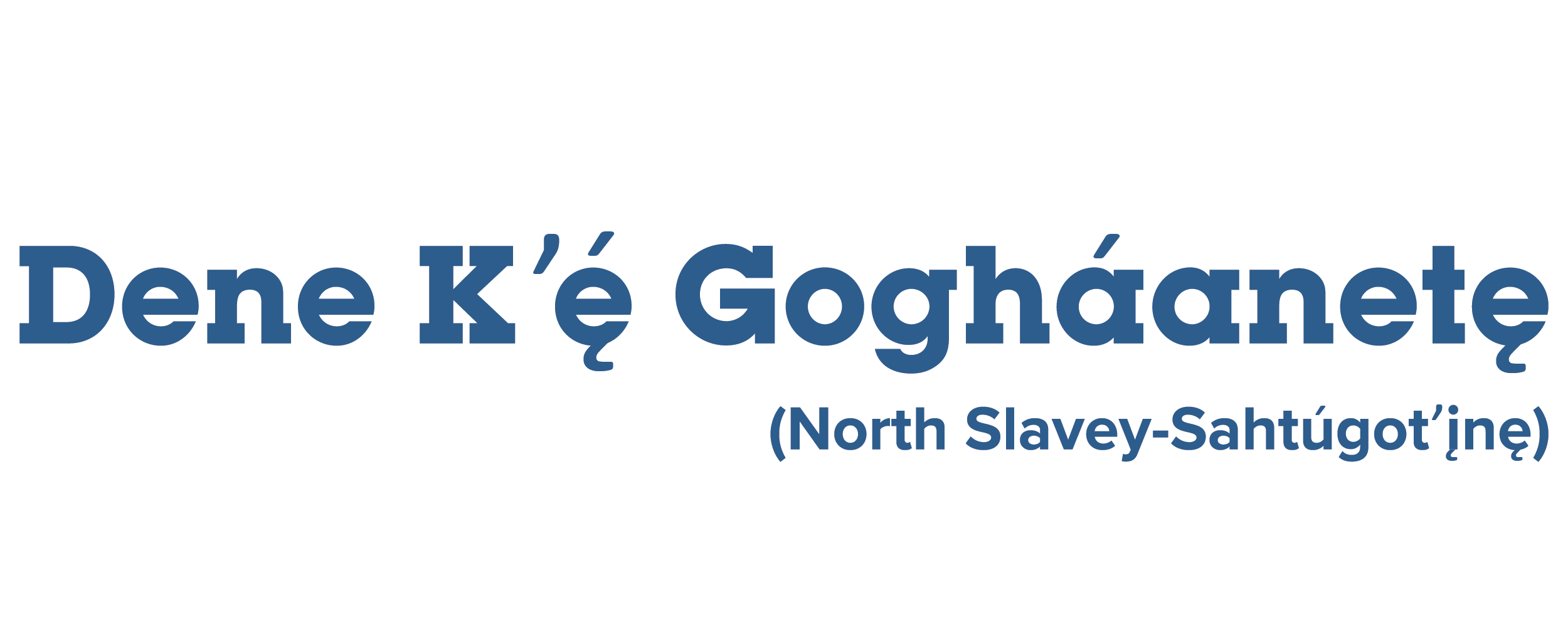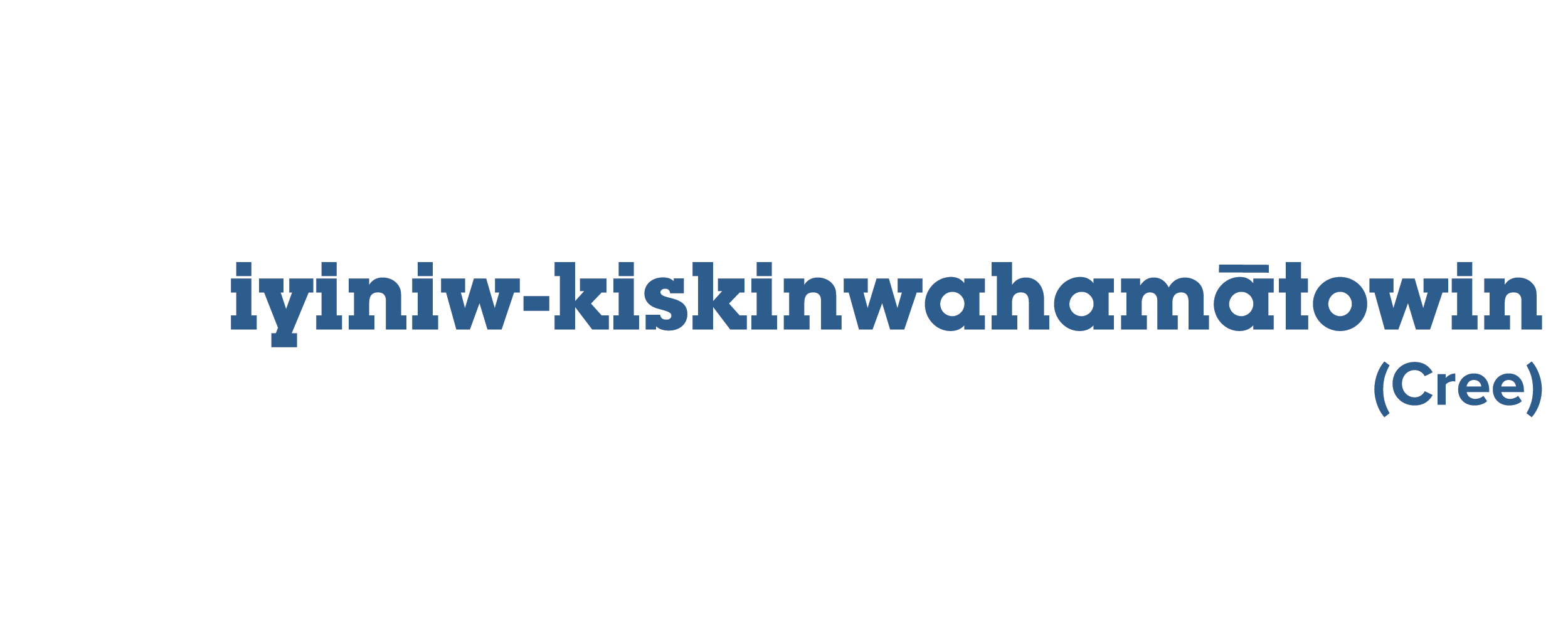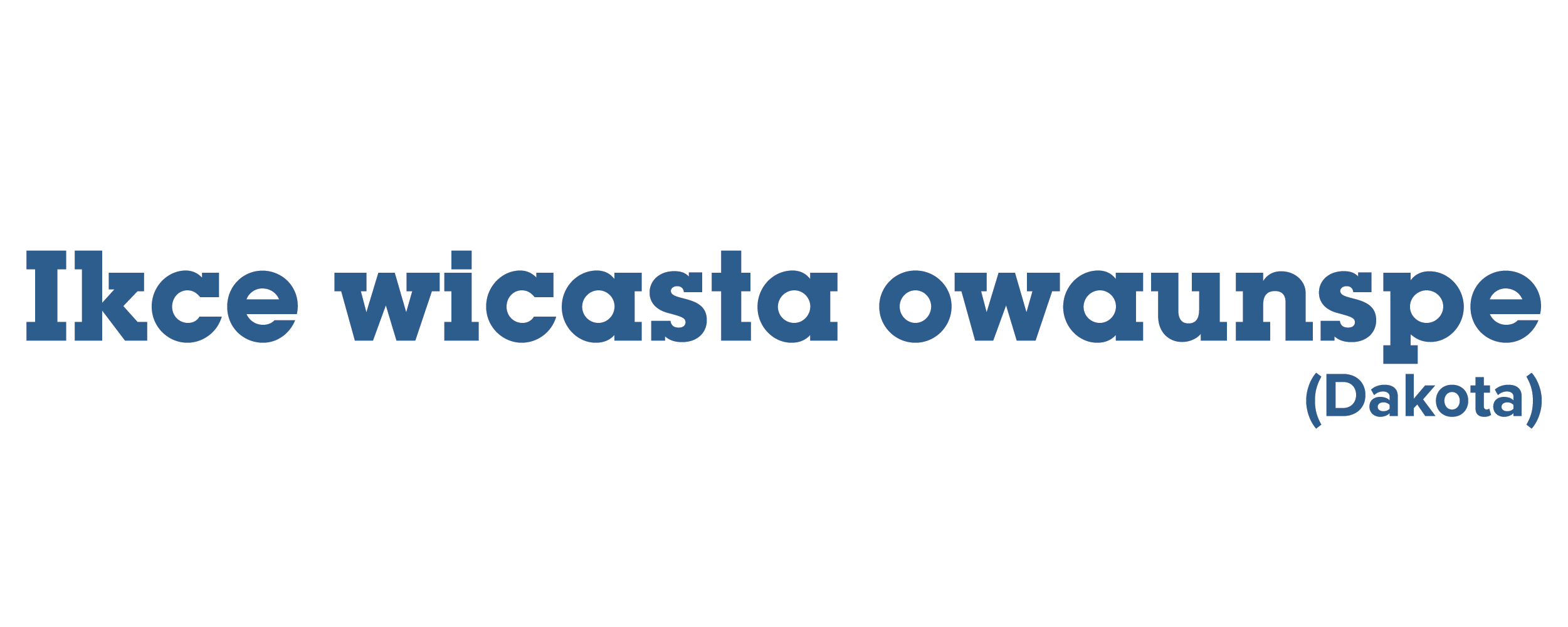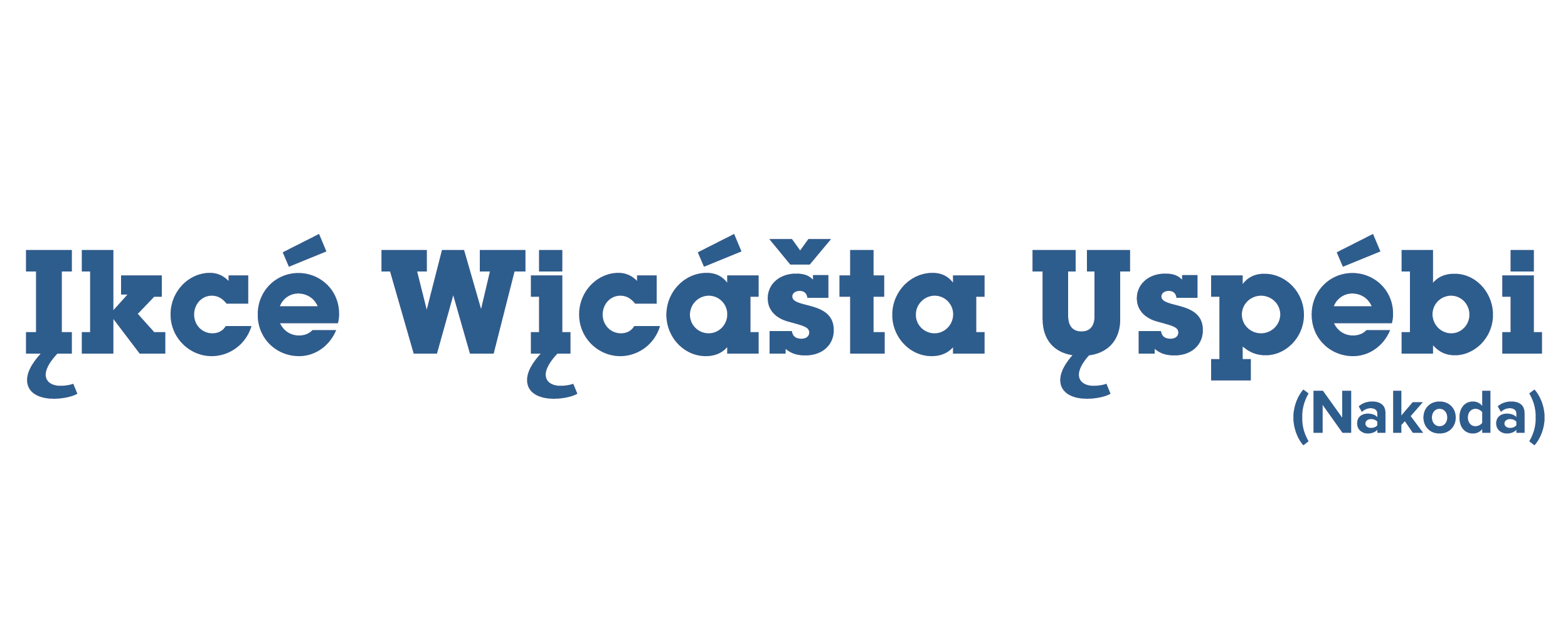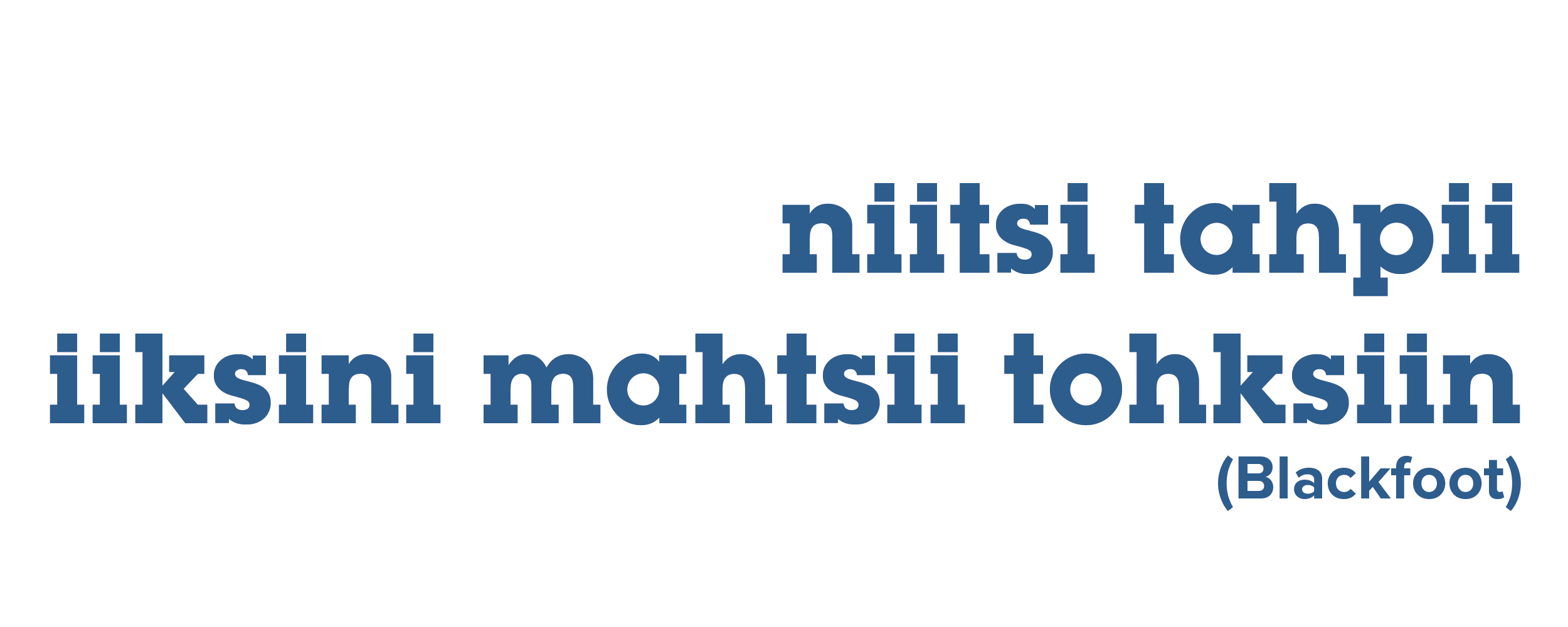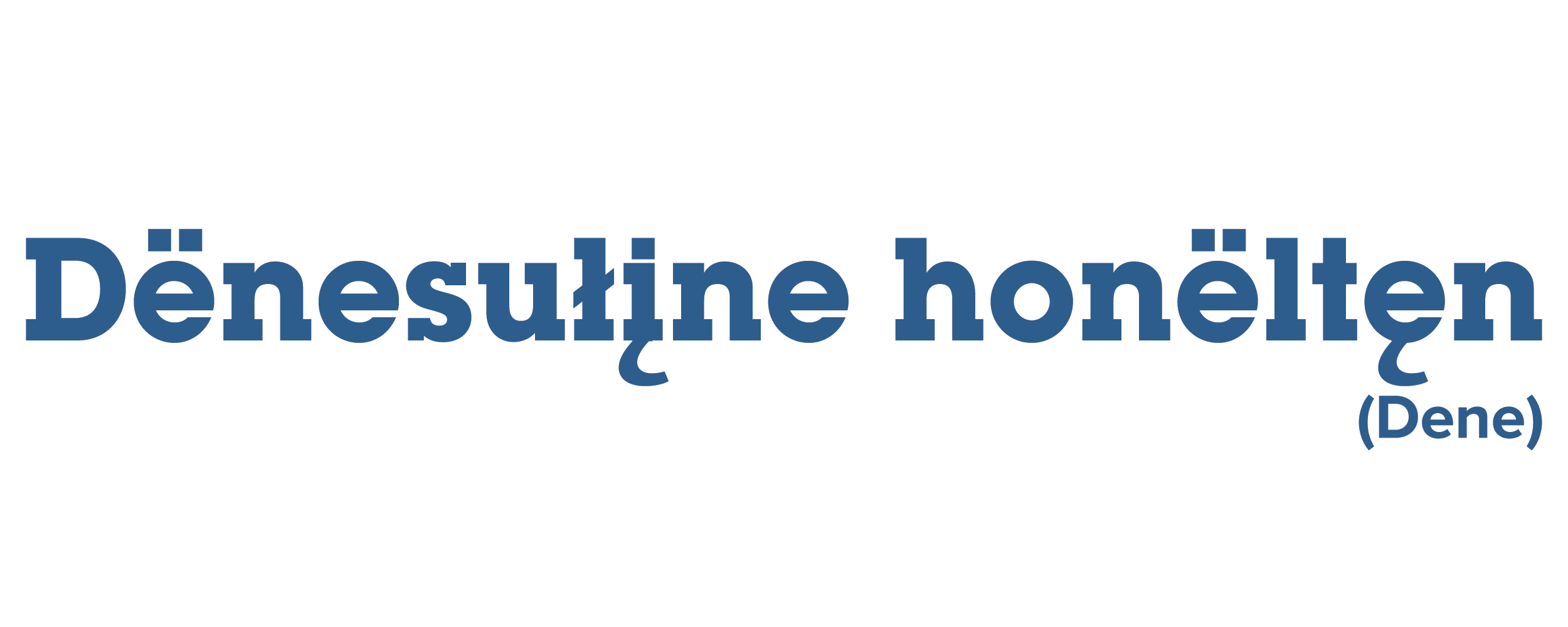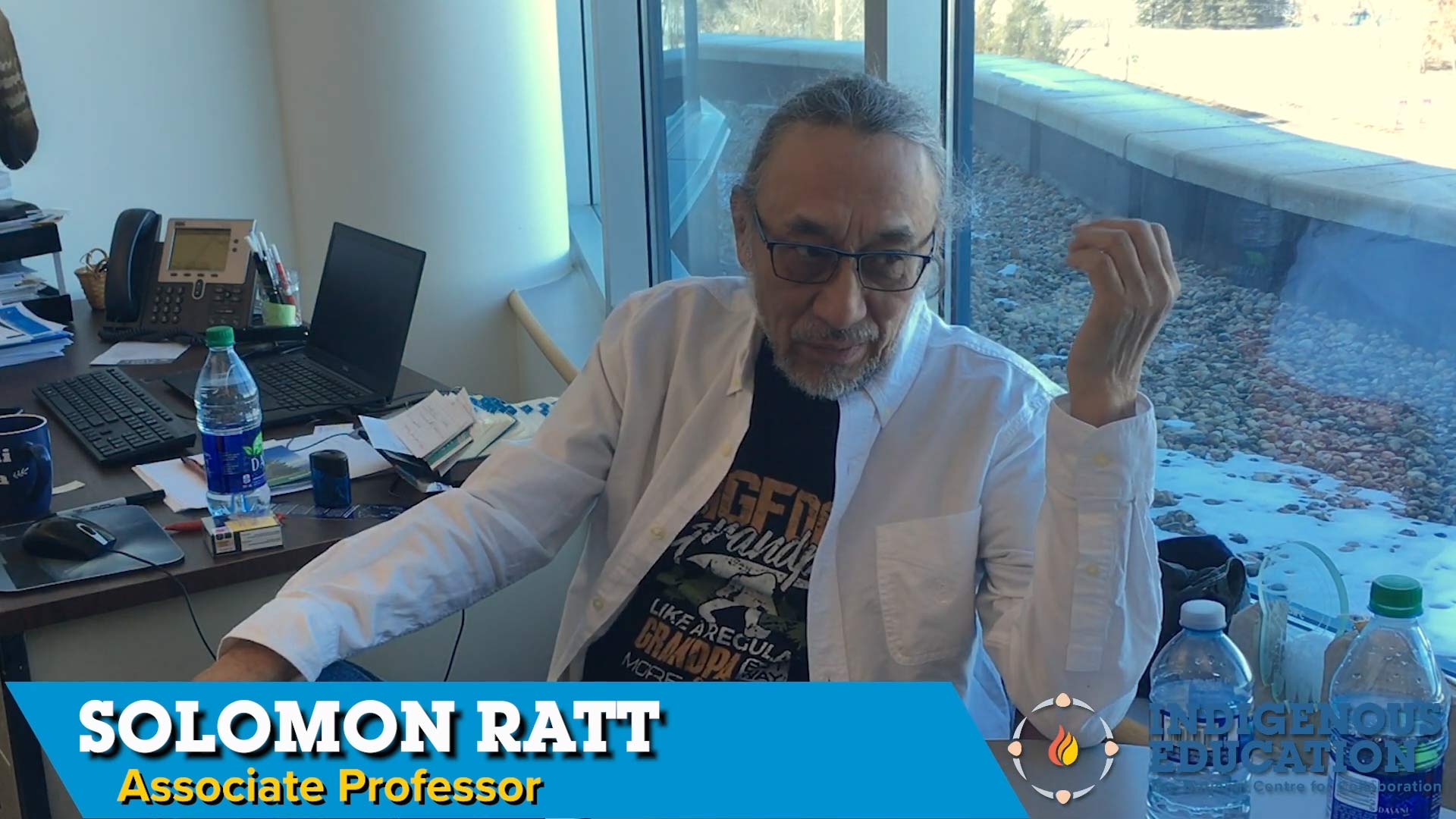Posted on mai 7, 2020 by John Vallely
An Elder, who is preparing Anishinaabe people to be responsible, knowledgeable about their culture, creation and to show us our own personal role in Creation.
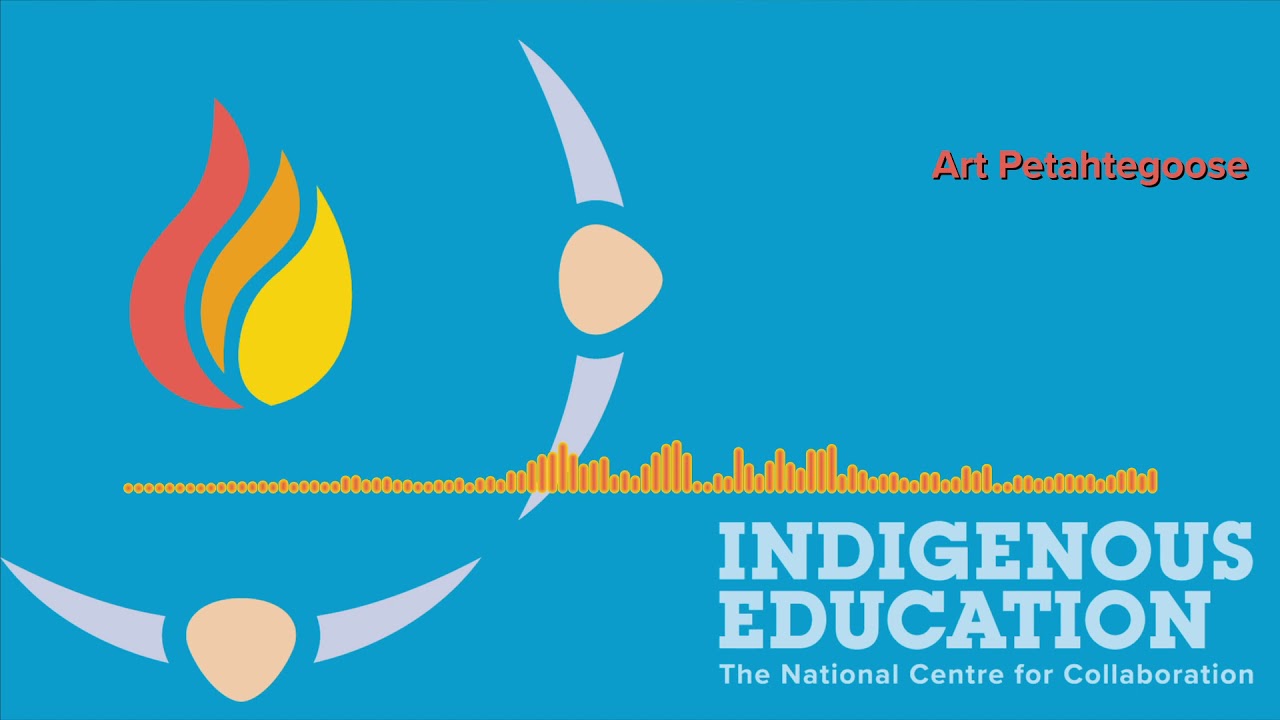
An Elder, who is preparing Anishinaabe people to be responsible, knowledgeable about their culture, creation and to show us our own personal role in Creation.
Posted on by John Vallely
« Choices » is an alternative School and General Cultural Programming within Native Friendship Centre and Native Health centres. The goal of the program was to revitalize culture and incorporate Anishnawbek ways.
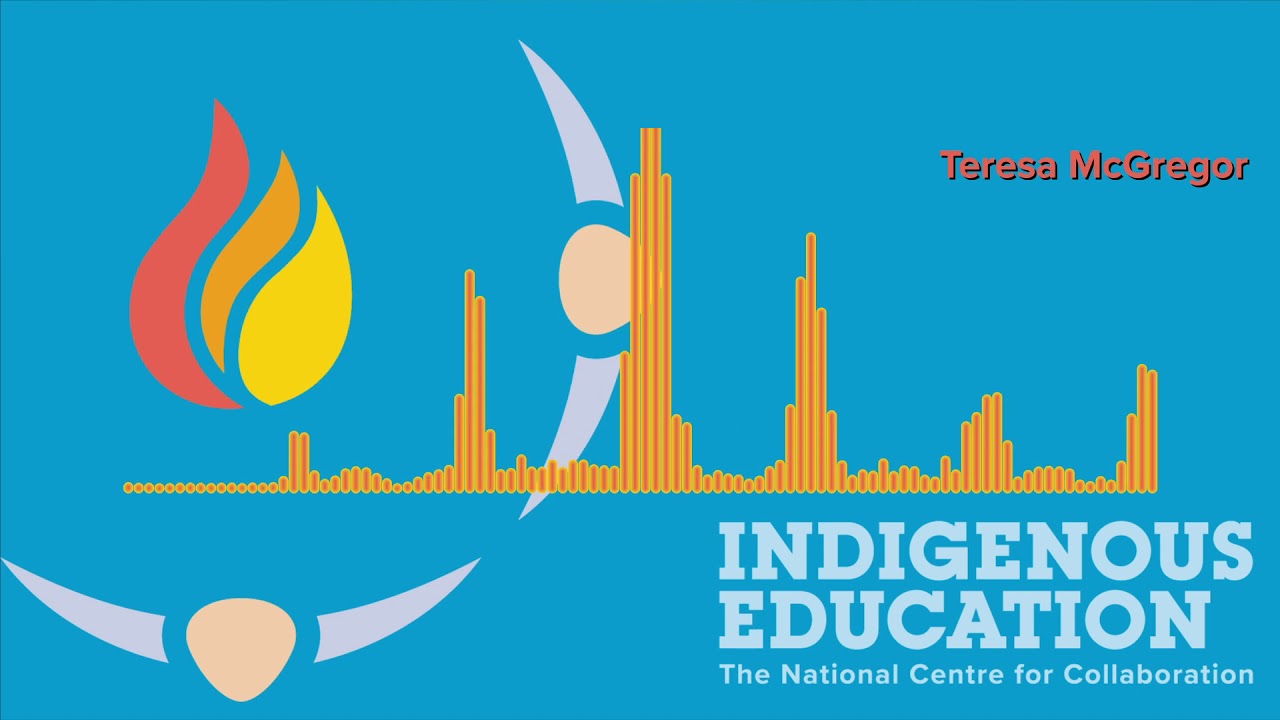
« Choices » is an alternative School and General Cultural Programming within Native Friendship Centre and Native Health centres. The goal of the program was to revitalize culture and incorporate Anishnawbek ways.
Posted on mai 6, 2020 by Lisa Jodoin
Youth participant, Holly Burke, talks about the land-based youth camp at Killdevil Mountain in Grose Morne National Park. The science and culture camp is facilitated by Qalipu First Nation.
Youth participant, Holly Burke, talks about the land-based youth camp at Killdevil Mountain in Grose Morne National Park. The science and culture camp is facilitated by Qalipu First Nation.
Posted on avril 8, 2020 by Lisa Jodoin
Audrey Benoit, Vice-Principal of Se’t A’newey Kina’matino’Kuom in Miawpukek First Nation describes how they celebrate and support Indigenous culture in their school.
Audrey Benoit, Vice-Principal of Se’t A’newey Kina’matino’Kuom in Miawpukek First Nation describes how they celebrate and support Indigenous culture in their school.
Posted on mars 24, 2020 by Steffany Salloum
Founder of kâniyâsihk Culture Camps, Kevin Lewis believes that land-based education is an important way for Cree and non-Indigenous people to (re)connect with culture and identity.
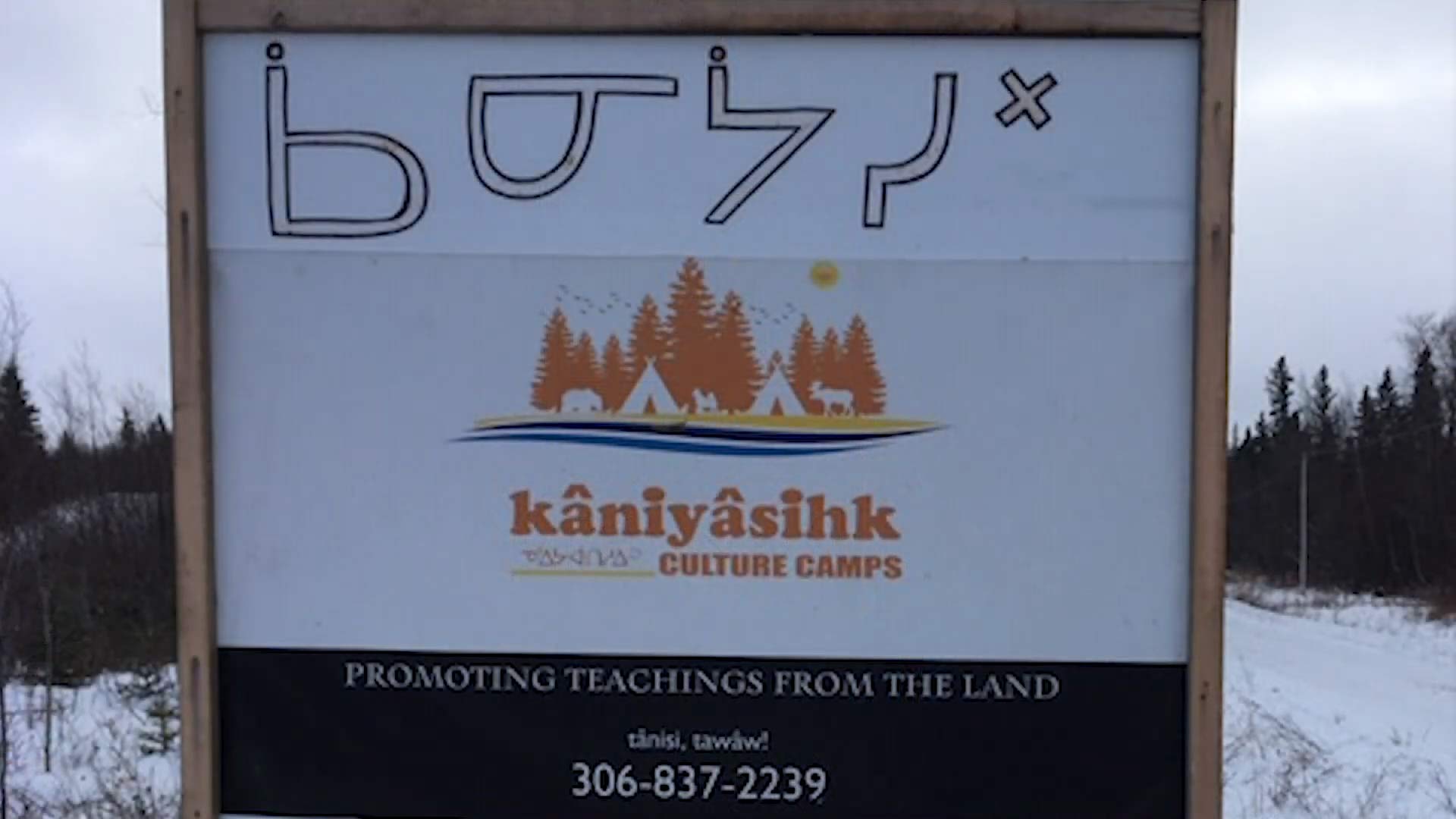
Within the last two decades, the kâniyâsihk Culture Camps at Ministikwan Lake Cree Nation have evolved from providing fall culture camps where participants took part in fishing and hide tanning to offering camps throughout all seasons and to anyone who wants to learn nehiyo (Cree) culture. Founder, Kevin Lewis explains that at kâniyâsihk Culture Camps participants take part in land-based learning that involves connecting with Elders, knowledge keepers, land keepers, medicine keepers, and berry pickers in their community. By sharing this wealth of knowledge with participants they begin to learn how to be self-sufficient and independent. Some of the many things done at camp include: learning Cree; harvesting plants for medicines; fishing and snaring; hide tanning; preserving moose, deer, elk, and fish; woodworking and building dog sleds, toboggans, birch bark canoes, snowshoes, and paddles; dog sledding; and participating in the Sun Dance, Sweat Lodge, and Chicken Dance ceremonies. The camp offers an immersive experience in nehiyo culture and Lewis hopes that more culture camps become available to people, especially for those living in urban areas.
Click here for more information about kâniyâsihk Culture Camps.
Posted on mars 2, 2020 by Frannie and Kisa Rogers
Lonny is Traditional Knowledge Holder working to fill in what were cultural blank spaces with Indigenous dialogue and narrative to create a meaningful cultural support to the clients and staff of the Rotary House. Lonny discusses how important it is to create cultural space for not only clients but also for front line workers dealing […]
Lonny is Traditional Knowledge Holder working to fill in what were cultural blank spaces with Indigenous dialogue and narrative to create a meaningful cultural support to the clients and staff of the Rotary House. Lonny discusses how important it is to create cultural space for not only clients but also for front line workers dealing in the field of mental health. Cultural space is necessary for people to experience what is meaningful for them and to start healing steps. He shares the five components required for Indigenous Education to be truly culturally based and grounded.
